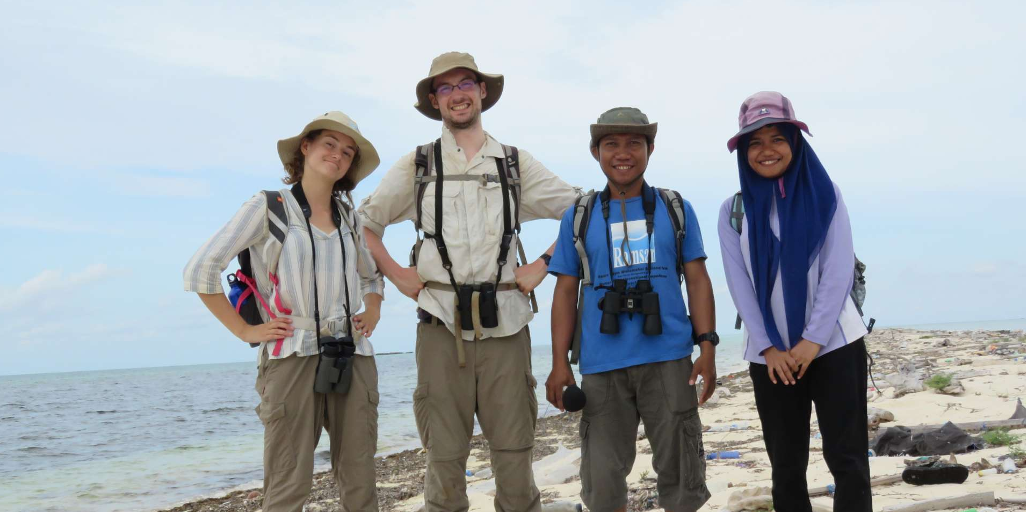- The remarkable bird life of the Wakatobi Islands, SE Sulawesi: hidden endemism and threatened populations - 10/07/2020
- The Bird Life of Wawonii and Muna Islands Part I: biodiversity recording in understudied corners of the Wallacea region - 30/06/2020
- Comparing the biodiversity and network ecology of restoredand natural mangrove forests in the Wallacea Region. - 09/12/2019
Almost as long as I can remember, I’ve wanted to be a Zoologist. Growing up on a steady diet of Attenborough documentaries, I dreamed of exploring new lands, discovering weird and wonderful species. I wanted to be the next Darwin. The next Wallace. In a lot of ways, my PhD research has been the fulfilment of that dream. It all started with my undergraduate thesis project in the Trinity College Dublin (TCD) Zoology Department. When Prof Nicola Marples and Dr David Kelly offered a project studying speciation on islands, I jumped at it. I spent the summer before the final year of my undergraduate island hopping in south-east Sulawesi, Indonesia, collecting data on how the physical traits of sunbird species had changed on isolated islands. Nicola and Dave’s project fieldwork was organised by Operation Wallacea, so we worked with Operation Wallacea staff as we moved around the islands and got to interact with scientists focusing on some of the other unique wildlife of Sulawesi.
Sulawesi is a region of massive interest to evolutionary biology. It is the intersection where Asian and Australian flora and fauna meet, and is separated by deep ocean trenches ensuring it has never been connected to a continent, allowing many unique species to develop there. As well as providing a fascinating study system, South-east Sulawesi has some incredible wildlife. Knobbed Hornbills, Tarsiers and Sulawesi Bear Cuscus are weird and wonderful treats. In particular, working with the birds of this region was incredible, and I was adamant it wouldn’t end up being a once in a lifetime experience! As well as allowing me to follow my island-hopping ambitions, this project kicked off what I predict will be a lifelong obsession. Having previously been a typical fan of large charismatic mammals, I became a full convert to the world of birds (it’s fundamentally all about the birds!).
Read the full post on the Operation Wallacea blog!


